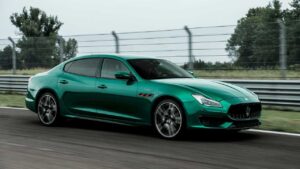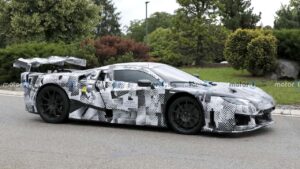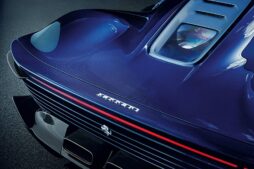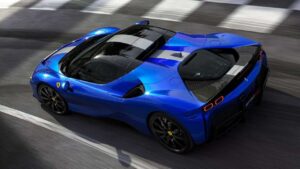Maranello’s Busy Year Ahead
If you’re looking to get your hands on a flashy new car with the iconic Prancing Horse badge, you’re in for a long wait. Benedetto Vigna, Ferrari’s CEO, spoke to reporters after the release of their positive Q3 results and said that orders are “at highest levels”. He went on to say that the demand is so strong that the company has enough orders to last them until 2025, meaning any new orders won’t be fulfilled until 2026 at the earliest.
2023 has been a very beneficial year for Ferrari thus far, with deliveries from September climbing to 10,418 vehicles, registering a 5.3 percent boost when measured against the first nine months of the prior year. This is most remarkable taking into mind that the Purosangue was still in its start-up period, with assembly of the SUV not yet at its maximum production rate. Not forgetting, generation of the high-riding Ferrari will be restricted to no more than 20 percent of its entire yearly output.
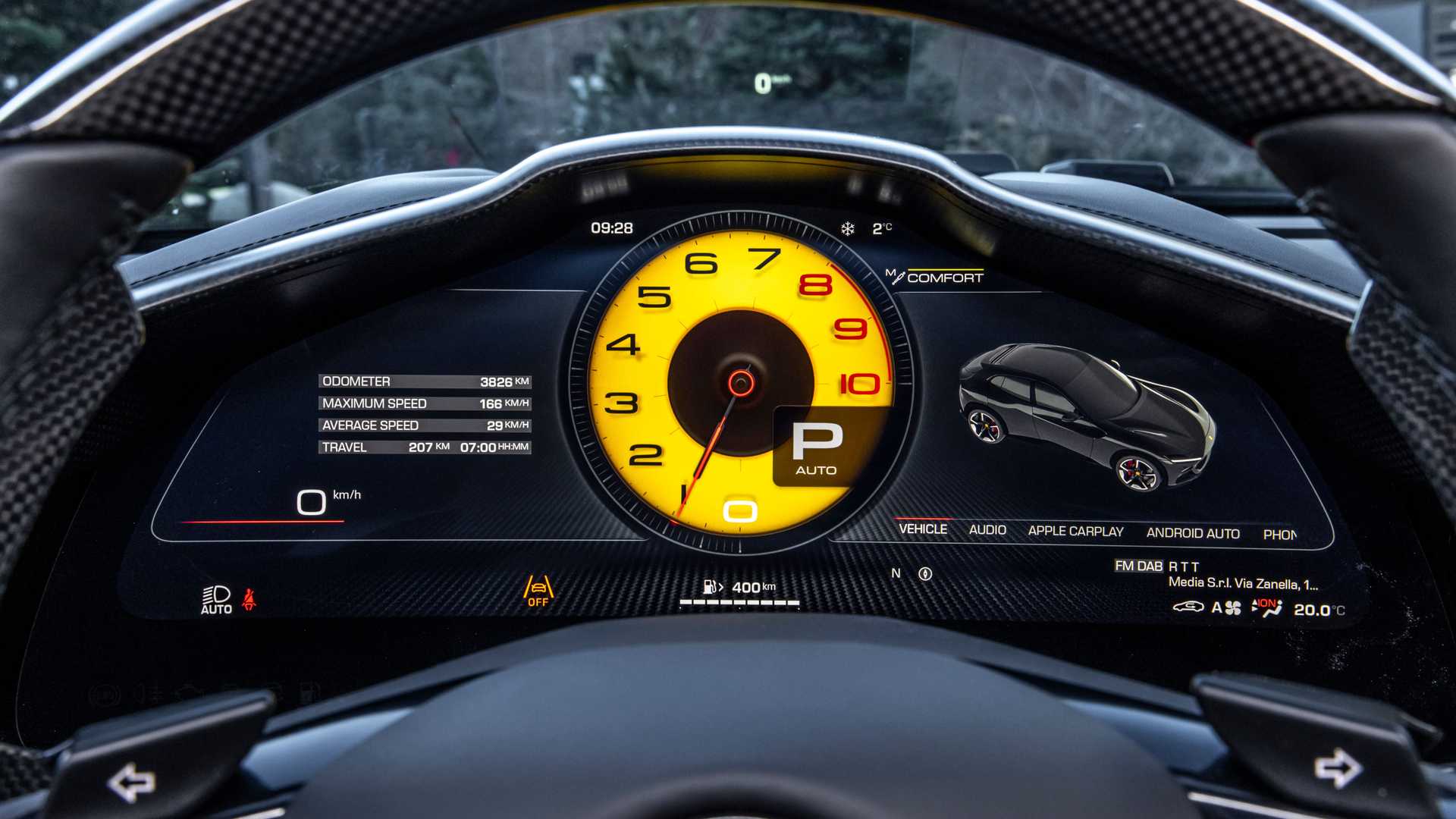
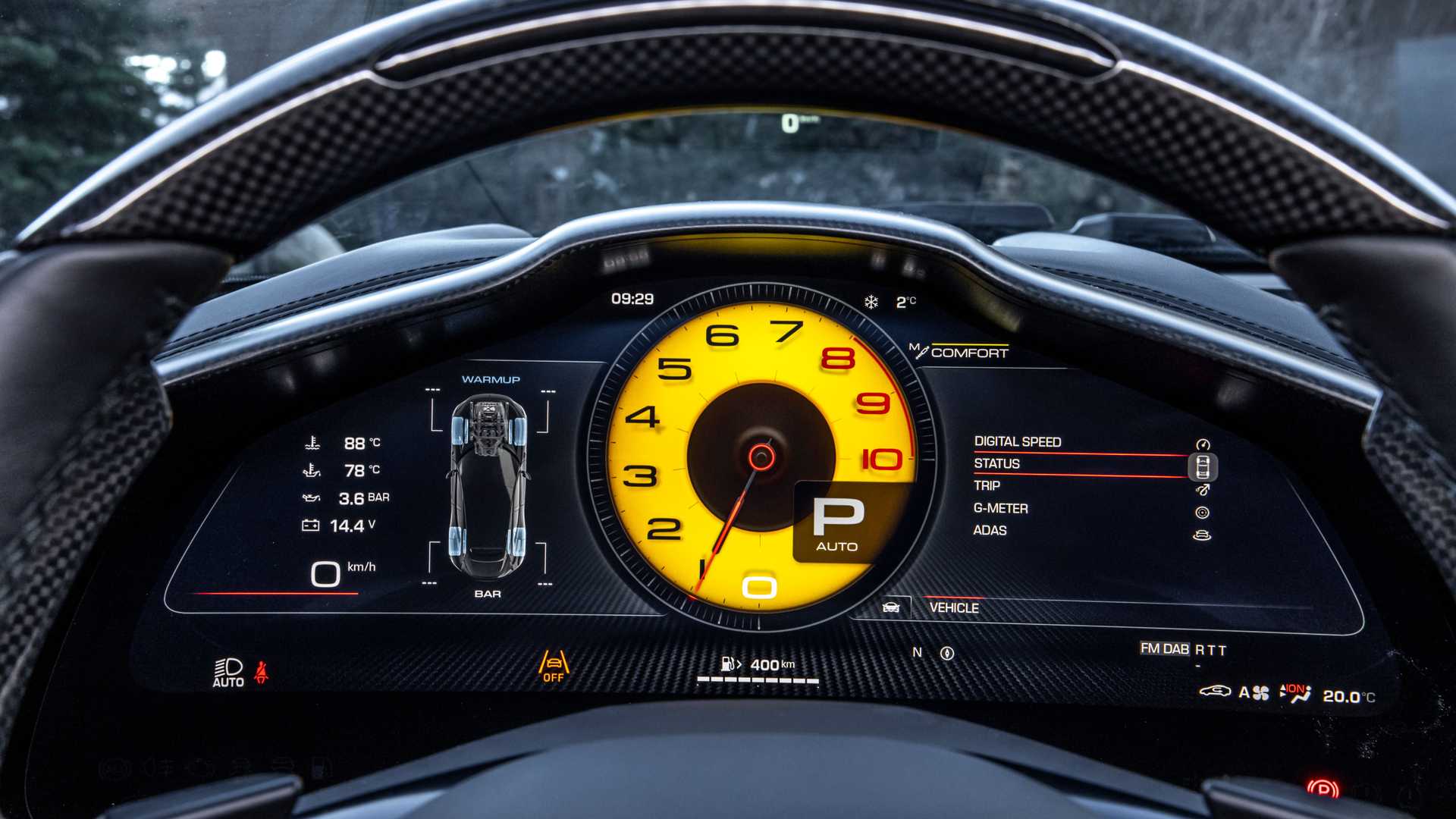

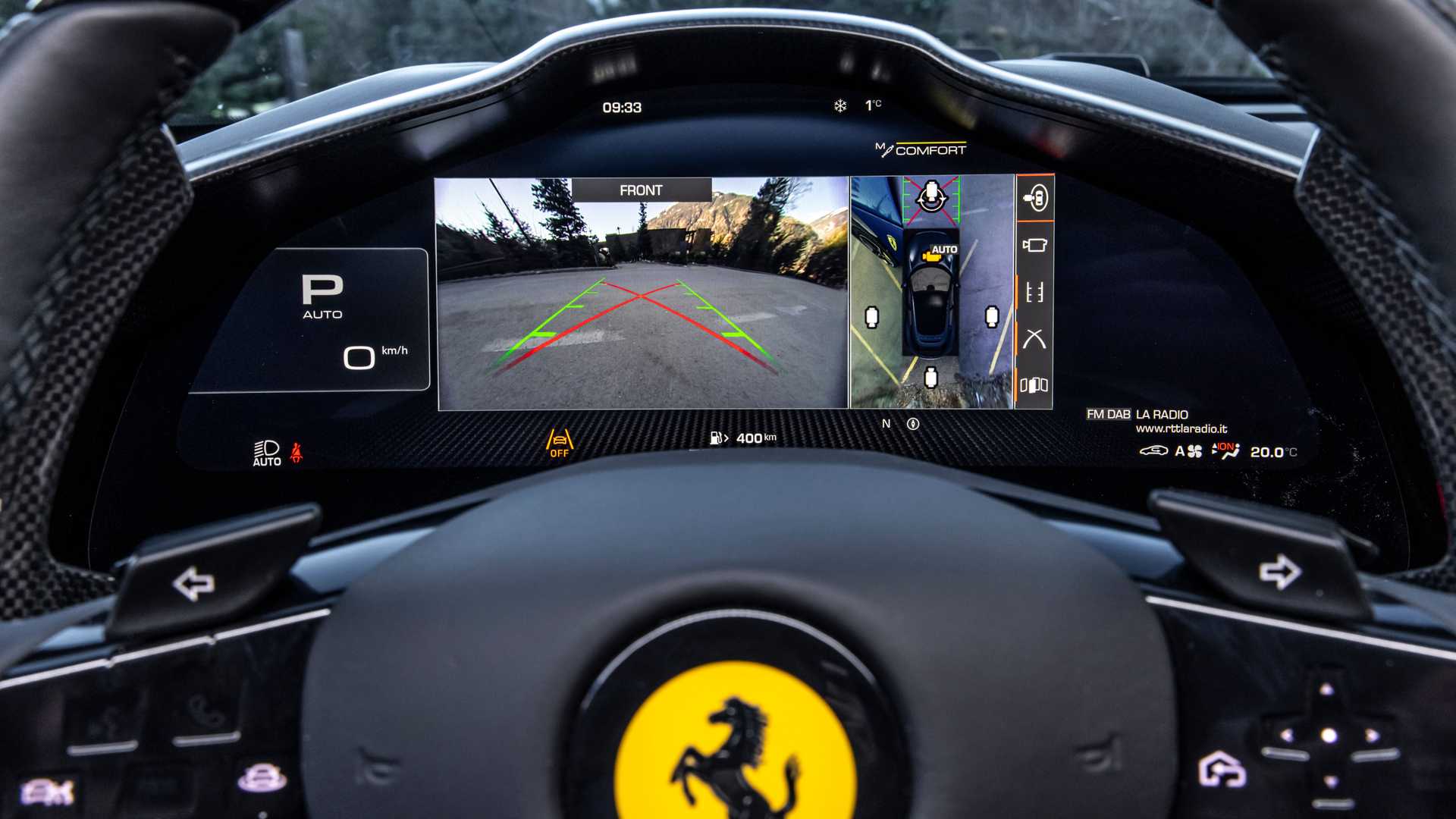
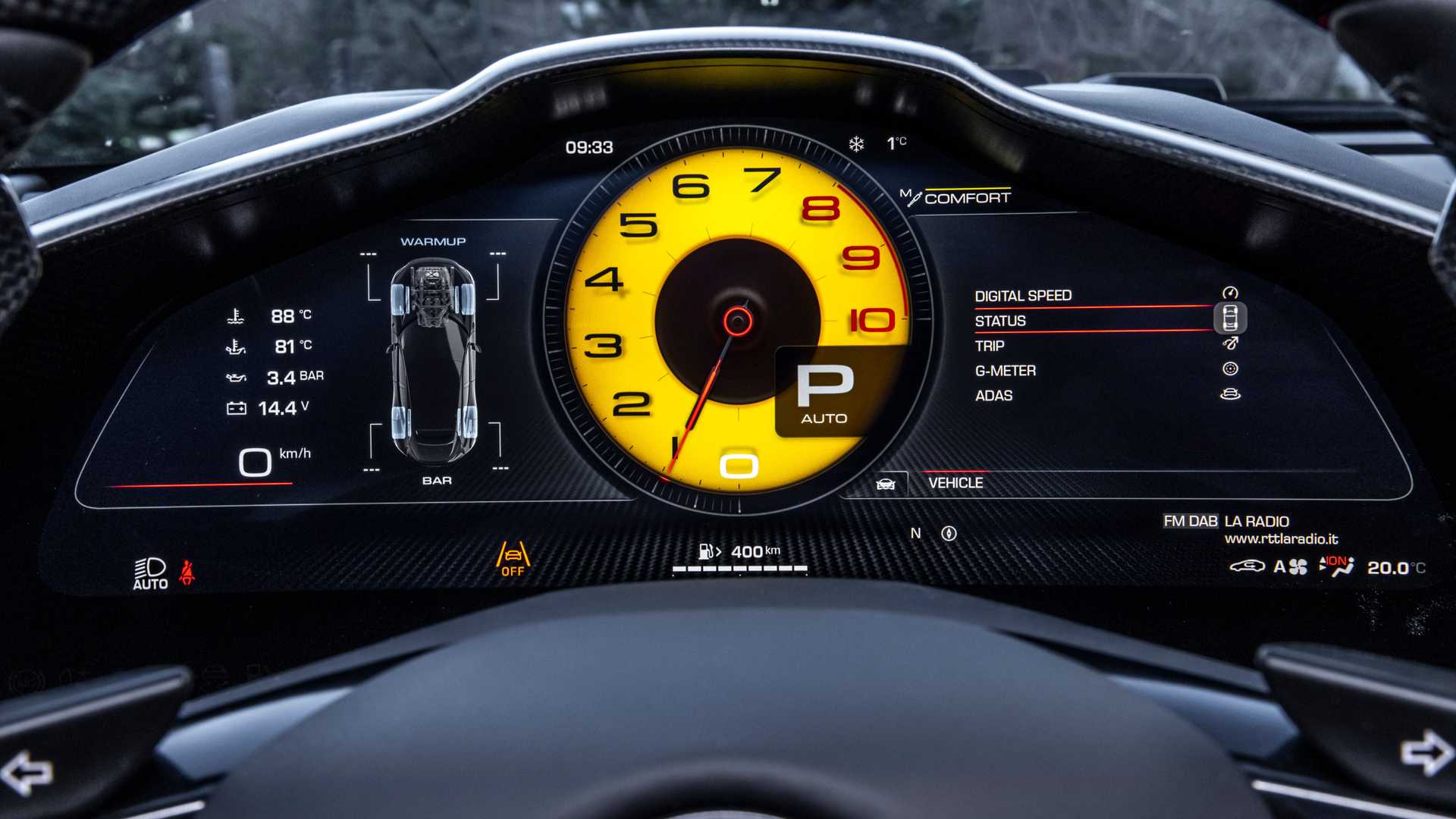
In the third quarter of 2023, Ferrari saw a landmark development in its history when hybrids outsold ICE (internal combustion engine) cars for the first time ever. In that three-month period, of the 3,459 autos that were sold, 51.3 percent possessed an electric powertrain, although there were seven ICE models and only four hybrid types within the collection.
Vigna recently commented on Ferrari’s electrification plans, noting that the automaker is on track to release its first electric vehicle (EV) in Q4 2025. He added that the development team is ahead of schedule “for some processes,” which is certainly encouraging news. To accommodate the production of hybrids and EVs, Ferrari will be opening a new factory in Maranello by June 2024.
By 2030, Ferrari predicts that 40 percent of their yearly sales will be hybrid vehicles, 40 percent electric vehicles, and the remaining 20 percent will be Internal Combustion Engine (ICE) cars. While it appears that gas-powered cars are slowly being phased out, Vigna commented, “ICE still has a lot to do,” and mentioned that synthetic fuels could potentially extend its life.
Source: Automotive News Europe
